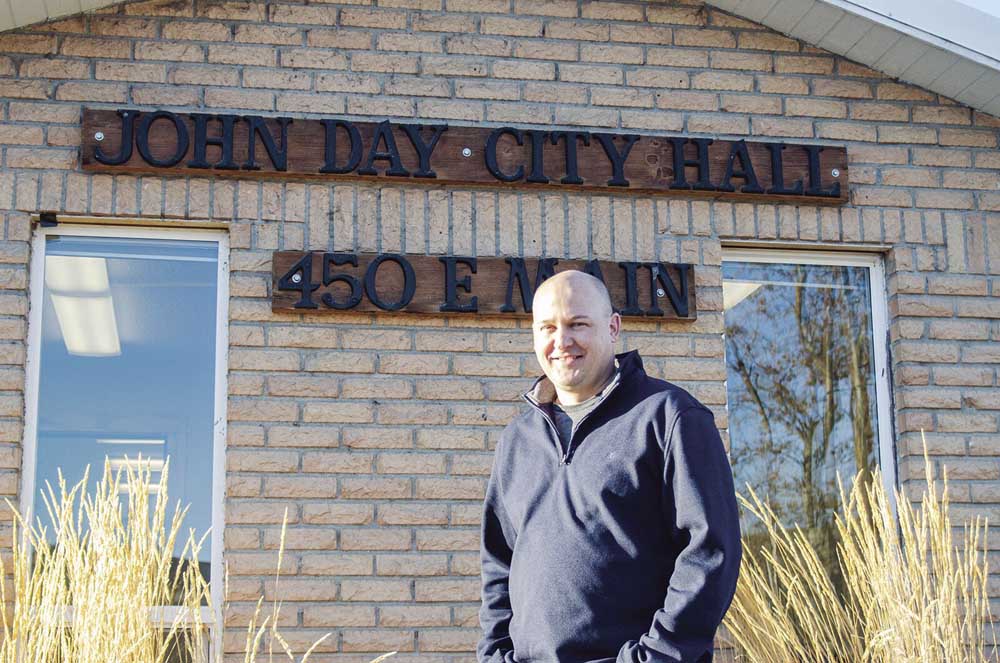Portland Egyptologist Conference: Scholar Says Looting in 2011 Revealed New Tombs
Published 5:00 pm Sunday, April 6, 2014
![]()
Scholars and archeologists from across North America traded ideas at the annual meeting of the American Research Center in Egypt (ARCE), which took place in Portland this week.
The Center is heavily involved in U.S. Agency for International Development-funded work to preserve and restore tombs, temples, mosques, and churches that reflect Egypt’s many cultures and religions.
Several scholars discussed how the recent volatile political situation in Egypt has changed their work.
“In 2011, with the fall of the Mubarak regime, there was a general stand-down of police and security forces in Egypt and as a consequence many archeological sites were suddenly vulnerable,” says Matthew Adams, with the Institute of Fine Arts at New York University.
Adams is the field director for excavations at a site called Abydos, home to some of the oldest known royal tombs and monuments in Egypt. He says the field team called on a makeshift crew of 40 guards and young men to protect the site against looting, sometimes by armed groups, that took place almost every night for several months in 2011.
In 2013, a small team of NYU archeologists returned to Abydos to formally survey the damage caused by the looting. They found more than 200 pits dug by looters. About half the pits were harmless, but others damaged buried tombs and mud-brick buildings.
Adams says the damage the team found was discouraging, but in conducting the survey, he also learned that an ancient burial area for high officials at Abydos was larger and more densely packed with tombs and monuments than anyone had realized.
“The looters, by digging randomly across the site, brought our attention to areas that we’re not normally working in, and to periods of ancient activity that are not our normal focus. Even though the looters caused significant damage to tombs and chapels on the site, in investigating what the looters had done, we as archeologists were looking at these things for the first time,” he said.
Adams says the looting has tapered off, but has not ended completely. He expects it may continue as long as the country remains unstable. “Every few months, someone is trying to see: Are they still paying attention? Are the guards still there? Is anyone still watching?” he says.
Looting in Egypt is not new.
Archeologists have found records of court cases that describe how ancient looters of the royal tombs in the Valley of the Kings were put on trial, and at Abydos, Adams excavated a pile of mummies that had been stacked up by looters thousands of years ago and broken up to remove jewelry and valuables.
The ARCE conference is unusual in that it brings together all types of Egypt enthusiasts.
“It’s a wonderful mix of archeologists, museum curators, philologists, historians at universities, but also there are a lot of people who are lawyers, doctors, housewives, who are just fascinated by Egypt,” says Emily Teeter, with the University of Chicago’s Oriental Institute Museum.
She says the study of ancient Egyptian language and architecture was started in 1200 BCE by Prince Khaemweset, son of Ramses the Great, who placed labels and historical markers on monuments.
Faith Marie Wilsted, a fourth grade student at Trillium Creek Primary School in West Linn, and the youngest participant at the conference, weighed in on the debate over the cause of boy King Tutankhamun’s death thousands of years ago. She presented a poster explaining a 2013 theory that King Tut was killed in a chariot accident.
“In the theory, they think that a chariot wheel hit him and crushed his pelvis, many of his ribs, and his heart, which makes sense because they were never found in his mummified body,” she explains. “He liked chariots and used them for hunting and for sport.”
Wilsted says she’s been fascinated with Egypt as far back as she can remember, since kindergarten, and she’s hoping to travel there one day.
This story originally appeared on Oregon Public Broadcasting.




